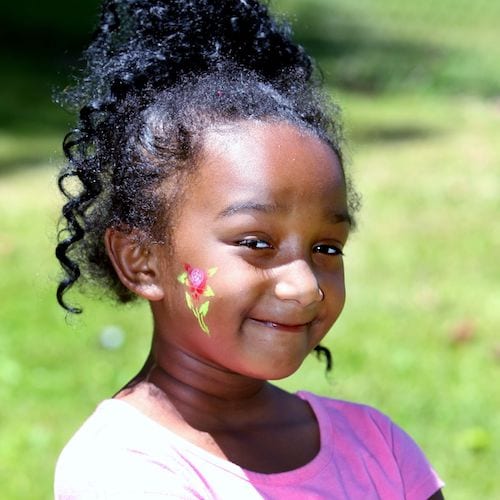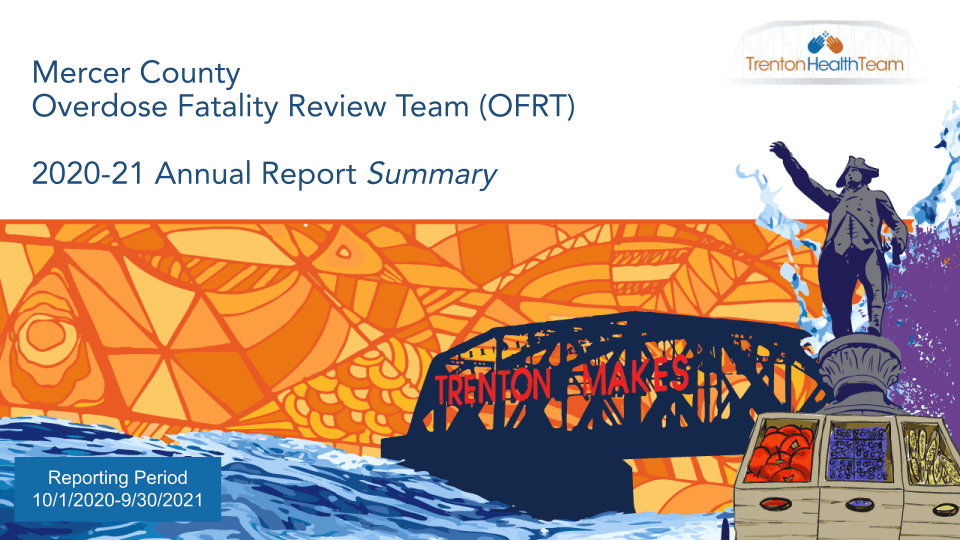Adverse Childhood Experiences
One thing to know about Adverse Childhood Experiences is that they are common. And another is that trauma doesn’t go away. In fact, trauma — abuse, violence, poverty, neglect, divorce — can change developing bodies and brains in ways that can affect generations. But we can change those outcomes.
Learn how “The Potential Project” is bringing community members together with local artists to honor lives lost and heal trauma.
This is a critical conversation for our community. A 2016 study showed 1 in 4 children had experienced frequent economic hardship, and a similar proportion had experienced parental divorce or separation. Trenton residents are more likely to live in poverty than others in Mercer County and children living in poverty are more likely to have experienced three or more traumas. During a recent gathering of more than 100 Trenton residents, 44% reported 4 or more ACEs.
Many “behavior” or “criminal” issues facing our community are rooted in toxic stress resulting from adverse childhood experiences. Toxic stress can trigger hormones that change children’s brains and bodies, stifling their impulse control so they act out in school or make dangerous choices. Toxic stress puts them at a greater risk for heart disease, cancer, homelessness, prison time, and substance use throughout life
The Center for Law and Social Policy (CLASP) identifies systemic racism as the root cause of ACEs, specifically the racial wealth gap — which leaves Black families on average with just 10 percent of the wealth of white families — and disinvestment in communities of color. CLASP warns that failing to address these structural barriers will undermine prevention efforts.
What are ACEs?
Events that qualify as ACEs include physical, sexual, or verbal abuse, neglect, and exposure to other traumatic stressors, such as divorce or having a parent in prison. The aggregation of these experiences impacts individuals’ life-long health and wellbeing and may be tallied through taking a simple ACE quiz. What are ACEs? Find your score here.
The ACE score assesses the total amount of stress experienced during childhood. Those with the highest ACE scores often have higher risk for a host of health issues. Thirty three percent of children who experience two or more ACEs have a chronic health condition with special health care needs compared to 14% of children with no ACEs. Children of different races and ethnicities do not experience ACEs equally. Nationally, black non-Hispanic children experience one or more ACEs at the highest rate (61%), followed by Hispanic children (51%), white non-Hispanic children (40%), and Asian non-Hispanic children (23%).
However, the original ACEs study included participants who were disproportionately white, employed, and insured, college educated and middle income. While results were groundbreaking in showing how often trauma is the “unspoken risk factor” for poor health and lack of well-being, researchers now acknowledge many groups were missing.
For ACEs research and surveys to be more relevant to diverse populations and reflective of how racism plays a role in people’s experiences, health and well-being, Dr. Flojaune Cofer, state and research policy director for Public Health Advocates in California, called for ACEs surveys and research to include community trauma and adversities not in the original ACEs study which also impact a child’s health and safety.
See Dr. Cofer’s presentation ACEs, Race, and Health Equity: Understanding and Addressing the Role of Race and Racism in ACEs Exposure and Healing during the 2018 ACEs Conference.






